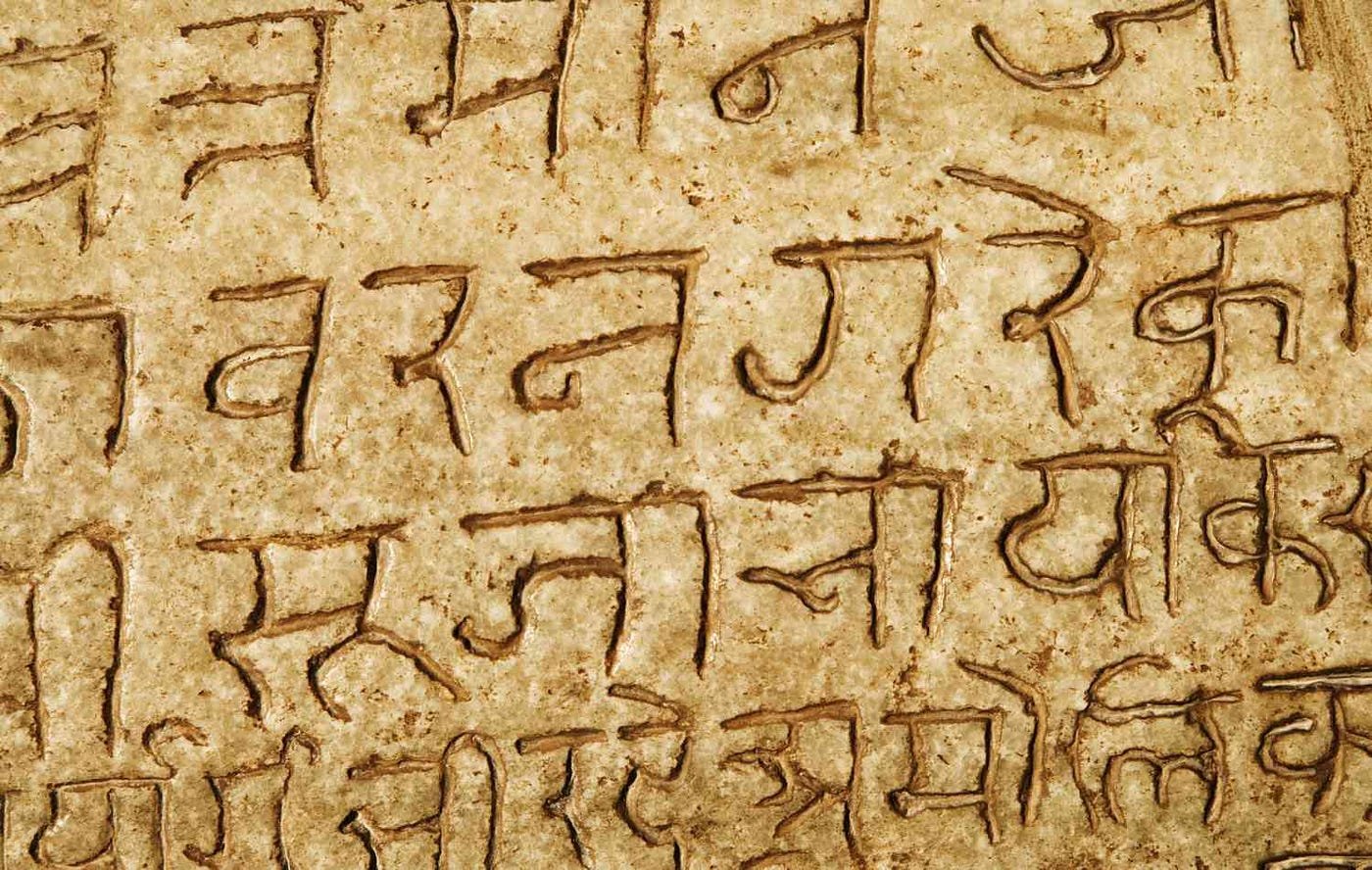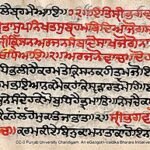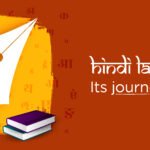From Vedas to Vernaculars: Language Evolution in India
India’s linguistic journey spans millennia, from the ancient Vedic texts to contemporary vernaculars. This evolution reflects not only changes in language but also shifts in culture, religion, and society. By examining this progression, we gain insights into how India’s diverse linguistic landscape has developed and transformed over time.

The Vedic Period
Vedic Sanskrit
The Vedic period, which began around 1500 BCE, marks the earliest phase of recorded language in India. Vedic Sanskrit, the language of the Vedas—sacred texts of Hinduism—was characterized by its complex phonetics, rich vocabulary, and elaborate grammatical structure. These texts, including the Rigveda, Samaveda, Yajurveda, and Atharvaveda, are foundational to Hindu religious and philosophical thought.
Oral Tradition and Preservation
The Vedic texts were primarily transmitted orally before being written down. This oral tradition played a crucial role in preserving the language and ensuring the accuracy of ritualistic and philosophical content. The rigorous memorization and recitation practices helped maintain the integrity of Vedic Sanskrit over centuries.
Classical Sanskrit
Emergence of Classical Sanskrit
Around the 5th century BCE, Classical Sanskrit emerged as a refined and standardized form of Vedic Sanskrit. The grammar of Classical Sanskrit was systematized by Panini in his work Ashtadhyayi, which laid the groundwork for the language’s structure and usage. This period saw the development of a vast corpus of literature, including epic poems, philosophical treatises, and dramas.
Literary and Cultural Flourishing
Classical Sanskrit literature includes significant works like the Mahabharata, Ramayana, and the Puranas. These texts not only reflect the language’s literary richness but also illustrate the cultural and philosophical development of ancient India. Sanskrit continued to be a language of scholarship, religion, and high culture throughout this period.
The Rise of Vernacular Languages
Emergence of Regional Languages
With the decline of classical Sanskrit’s prominence in everyday communication, regional vernaculars began to develop. Languages such as Prakrit and Pali emerged as significant vernacular forms, used in various regions of India. These languages were more accessible to the general population and played a crucial role in regional literature and religious practices.
Influence of Regional Cultures
The rise of vernacular languages reflected the growing influence of regional cultures and identities. Local rulers, poets, and scholars began using these languages to express regional stories, traditions, and values. For example, Tamil literature flourished with classical Tamil poetry and religious texts, while Kannada and Telugu developed their own literary traditions.
Medieval and Early Modern Languages
Development of Regional Scripts
As regional vernaculars became more established, they were often written in new scripts adapted from Brahmi or Kharosthi. For instance, the Devanagari script evolved for Sanskrit and later adapted for languages like Hindi and Marathi. Similarly, scripts such as Kannada and Telugu evolved to suit their respective languages.
The Influence of Persian and Arabic
The medieval period saw the influence of Persian and Arabic due to the advent of Islamic rule in India. This led to the emergence of languages such as Urdu, which developed as a syncretic language incorporating elements of Persian, Arabic, and local vernaculars. Urdu became a prominent language of literature and administration during the Mughal era.
Colonial and Post-Colonial Linguistic Changes
Impact of British Colonialism
British colonial rule introduced English as a language of administration, education, and governance. This influence led to the development of a bilingual and multilingual society where English became a significant medium of communication, especially in urban and administrative contexts. The colonial period also saw efforts to standardize and document various Indian languages.
The Role of Language in Independence and Identity
The struggle for independence and the formation of modern India saw renewed emphasis on regional languages as symbols of cultural identity. The post-independence period involved efforts to promote and preserve vernacular languages while also accommodating the role of English. Language policy and planning became central to national integration and cultural preservation.
Contemporary Language Landscape
Multilingualism and Regional Languages
Today, India is a multilingual country with 22 officially recognized languages and hundreds of regional dialects. The preservation and promotion of regional languages continue to be a focus, with various state and national policies supporting linguistic diversity. Efforts to document and revitalize endangered languages are crucial in maintaining this linguistic richness.
The Digital Age and Language Evolution
The digital era has transformed language use, with the internet and social media influencing language trends and communication practices. Vernacular languages are finding new platforms and audiences through digital content, while English continues to play a significant role in global communication.
Conclusion
The evolution of language in India, from the ancient Vedic texts to modern vernaculars, reflects a dynamic interplay of cultural, religious, and social changes. Understanding this linguistic journey offers valuable insights into the rich and diverse heritage of India. As languages continue to evolve, preserving and celebrating this linguistic diversity remains essential for maintaining India’s cultural richness and identity.



